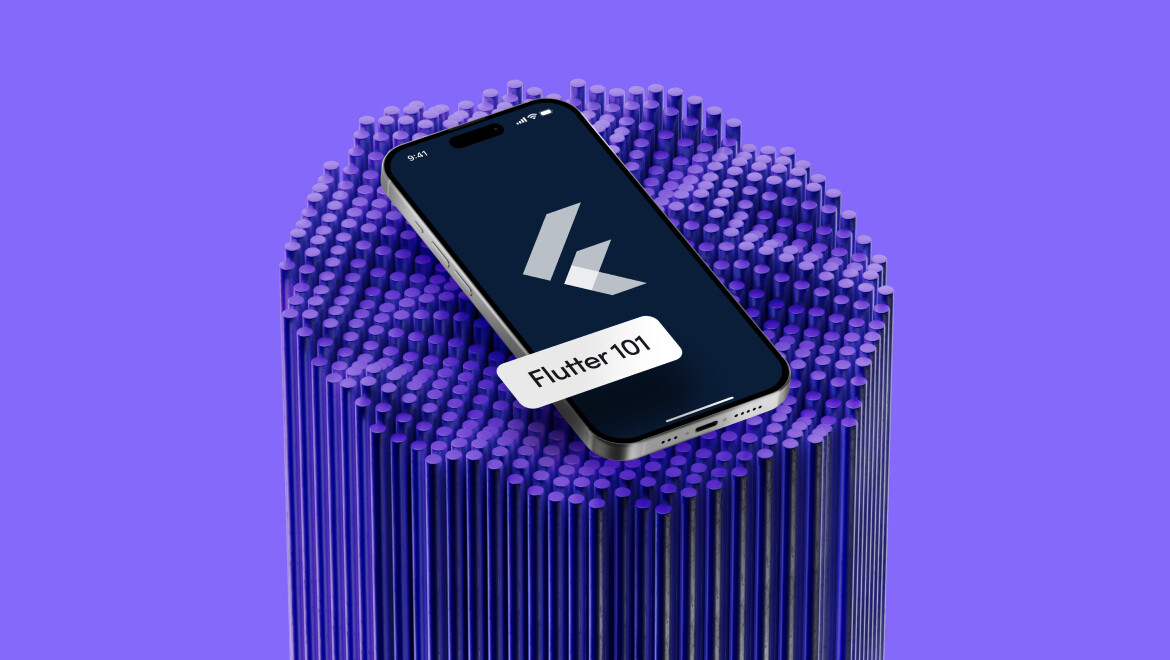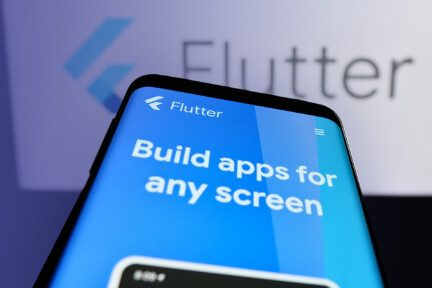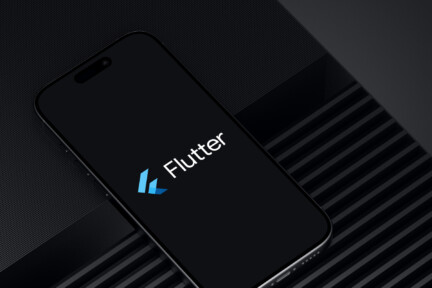- Home
- Flutter 101
- Code Reuse in Flutter


Code Reuse in Flutter
Code Reuse in Flutter
Flutter Code Reuse
The concept of code reuse is one of Flutter’s standout features. Traditionally, developers had to write separate code for each platform (for example, Swift for iOS and Kotlin for Android). With Flutter, however, you write a single set of Dart code that can be reused across different platforms. This not only reduces the time and effort needed for mobile app development but also simplifies maintenance and updates since you’re managing just one codebase instead of several.
How Flutter Works
Flutter uses the Dart programming language and comes with a rich set of pre-designed widgets that can be customized to fit the look and feel of any app. Its reactive framework allows for smooth, high-performance rendering of complex user interfaces. Unlike other cross-platform solutions that rely on web views or intermediaries, Flutter compiles directly to native code. This ensures apps have the performance of a native application without the overhead typically associated with cross-platform development.
Practical Applications
- Mobile Apps: Flutter is ideal for creating mobile applications with a consistent look and feel across Android and iOS. Major companies like Alibaba and Google Ads have used Flutter for their apps.
- Web Applications: With Flutter, you can also build responsive web applications. Using the same codebase, Flutter developers can target browsers without needing a complete rewrite.
- Desktop Applications: Flutter extends beyond mobile and web to desktop platforms, allowing you to deliver your app on macOS, Windows, and Linux.
In summary, Flutter’s ability to facilitate code reuse makes it an efficient, cost-effective choice for developers looking to create high-performance, multi-platform applications with minimal effort. This technology continues to grow in popularity due to its versatility, ease of use, and strong community support.
Ready to discover more terms?




